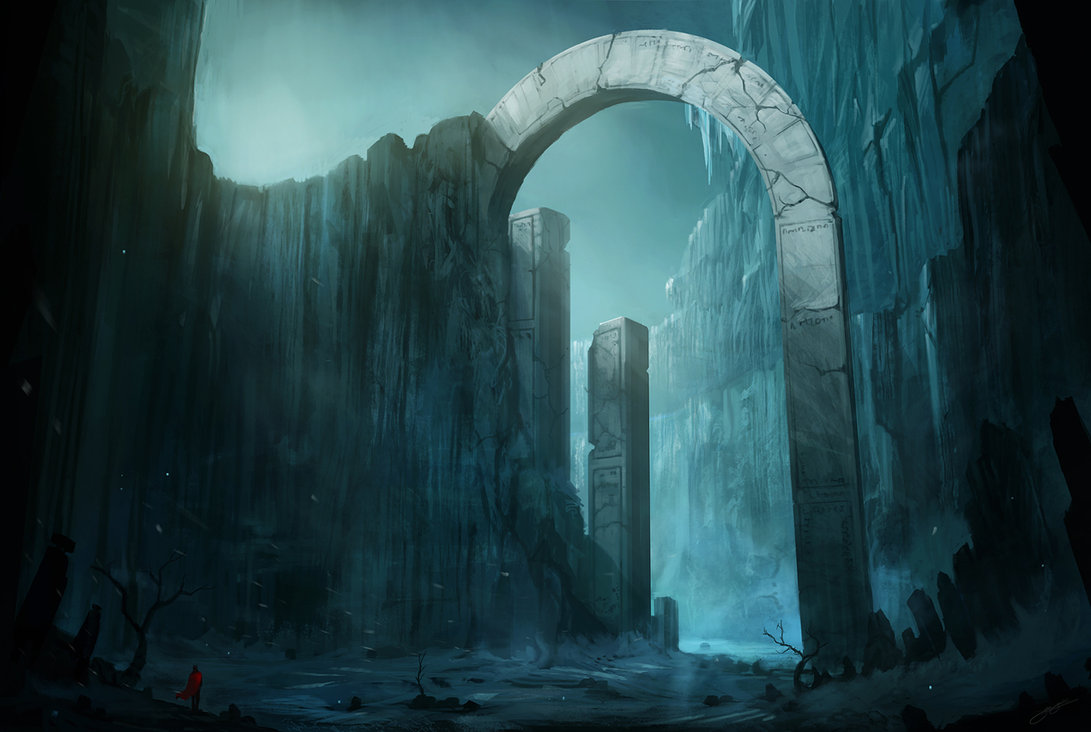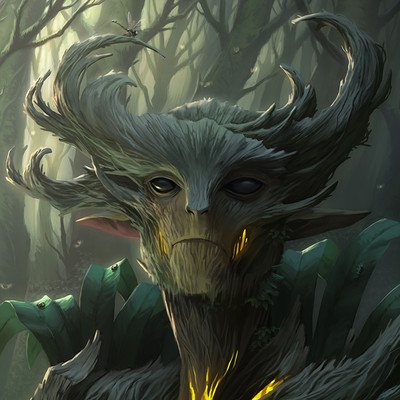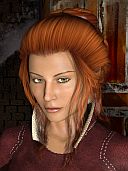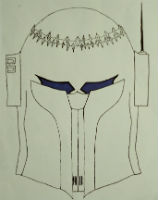Greater Triceraclops
Basic Information
Anatomy
Ecology and Habitats
Additional Information
Social Structure
Domestication
Uses, Products & Exploitation
Greater Triceraclops
Tromple. If the triceraclops moves at least 20 feet straight toward a creature and then hits it with a gore attack on the same turn, that target must succeed on a DC 13 Strength saving throw or be knocked prone. If the target is prone, the triceraclops can make one stomp attack against it as a bonus action.
Actions
Gore. Melee Weapon Attack: +9 to hit, reach 5 ft., one target. Hit: 24 (4d8 + 6) piercing damage. Stomp. Melee Weapon Attack: +9 to hit, reach 5 ft., one prone creature. Hit: 22 (3d10 + 6) bludgeoning damage.
So big, it doesn't care about you. Just don't.
The greater triceraclops can found in jungles and primordial forests, but prefers to be left alone.
Remove these ads. Join the Worldbuilders Guild














I liked their cousins and I like these ones too! Just a quick note in the statblock, I believe you mean to say Trample, not, "Tromple." For a small article, you cover a lot of the general information we would need very well, although reading through, a thought occurred to me about their singular eye and the horn at the tip of the nose. You say the horn rises from the tip of the nose and that they have one eye in the center of their face. Does this mean the triceraclops actually hinders itself from the vision the horn is causing itself to block? Because I fully expect it would. This would be a nice addition to touch on, and if it does hinder them, could provide another interesting element for their kind to work around (like methods they use to get around this obscurity of vision).